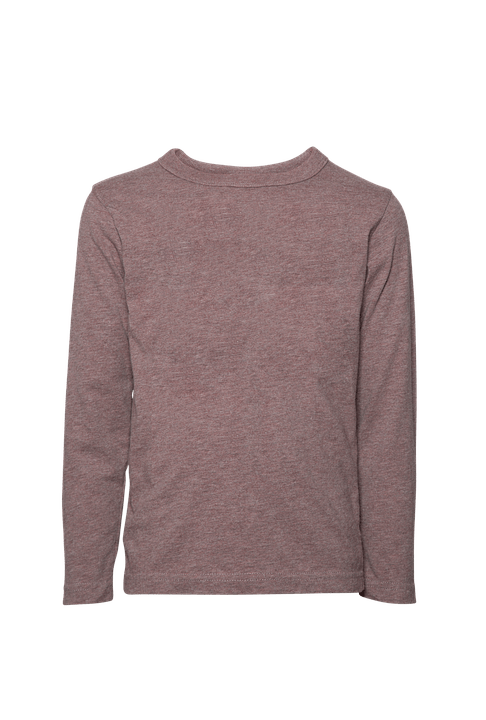DTF Film: The Future of Direct-to-Fabric Printing
In the ever-evolving world of textile printing, emerging technologies continuously challenge the status quo, pushing the boundaries of creativity and efficiency. One of the most exciting advancements gaining traction in recent years is Direct-to-Fabric (DTF) printing. Leading this innovative charge is DTF film technology—a game-changer that promises to reshape the landscape of textile printing forever.
What is DTF Film?
DTF film, short for Direct-to-Film, is a novel substrate used in a specific textile printing process that eliminates some of the traditional limitations associated with more established methods like screen printing, Direct-to-Garment (DTG), and sublimation. This method involves printing designs directly onto a specialized film before transferring them onto fabric using a heat press. The outcome is a vivid, durable, and high-quality print.
How Does DTF Film Work?
The DTF process begins by printing the desired design using a dedicated DTF printer and suitable ink, usually pigment-based, on a coated PET film. After printing, a thermoplastic adhesive powder is applied to the wet ink. This powder acts as a bonding agent during the heat transfer process. Once applied, the printed film is cured to activate the adhesive, and the design is then transferred onto the fabric using a heat press.
Advantages of DTF Film
-
Versatility: Unlike other methods, DTF film can be used on almost any type of fabric, regardless of color or composition. Whether it’s cotton, polyester, blends, or even nylon, DTF film performs exceptionally well.
-
Vibrant Colors and Fine Detail: DTF printing excels in producing vibrant, eye-catching colors and capturing intricate details. This makes it an ideal choice for complex designs requiring high resolution.
-
Durability: The prints produced using DTF film are known for their excellent durability. They can withstand numerous wash cycles without significant fading or peeling, maintaining their quality over time.
-
Eco-Friendliness: DTF film printing is relatively eco-friendly compared to traditional methods. It uses water-based pigment inks and produces minimal waste, aligning with the increasing demand for sustainable production practices.
- Ease of Use: This technology simplifies the printing process, reducing setup times and minimizing the need for extensive equipment. It’s accessible for small businesses and hobbyists, democratizing high-quality textile printing.
Implications for the Industry
The adoption of DTF film technology is poised to revolutionize the textile printing industry. For manufacturers, this means the ability to offer more customization options and shorter production runs without compromising on quality or durability. Small businesses and independent designers also stand to benefit, gaining access to a technology that allows them to compete with larger players.
Moreover, the implications for fashion are profound. Designers can experiment with a wider range of fabrics and colors, bringing unique and creative visions to life more efficiently. As sustainability continues to be a critical focus, DTF’s eco-friendly credentials appeal strongly to environmentally conscious consumers and brands.
Challenges and Future Outlook
While the advantages are compelling, DTF film printing is not without its challenges. The initial cost of equipment can be significant, and the learning curve for mastering the process may be steep for some. Additionally, ensuring consistent quality control during production requires diligence and expertise.
However, as with any emerging technology, continued innovation and refinement are expected to address these challenges. The rapid pace of advancement in printing technologies suggests that DTF film will become more accessible and refined over time.
Conclusion
DTF film is undeniably at the forefront of the next wave in textile printing. Its versatility, quality, and environmental benefits position it as a promising solution for a wide range of applications. As the industry continues to embrace this technology, we can expect to see more vibrant, durable, and sustainable printed textiles shaping our world. The future of Direct-to-Fabric printing looks brighter than ever, with DTF film leading the charge.



